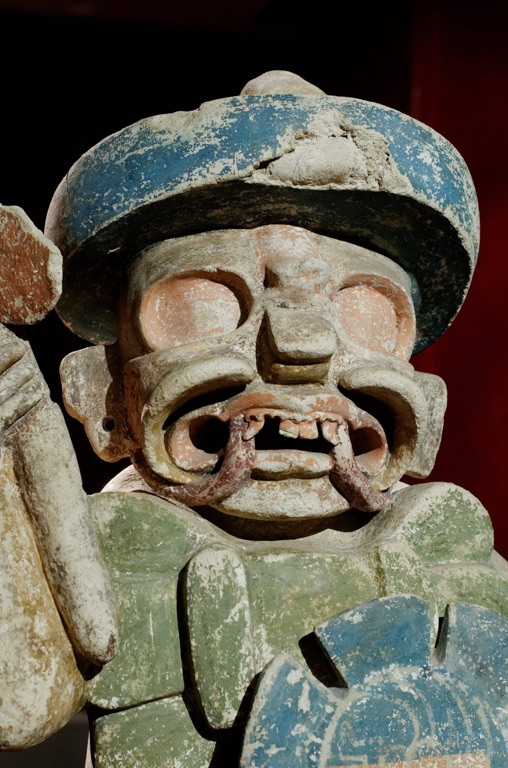The ancient Mayan civilization, which thrived in Central America for over 2000 years, had a complex pantheon of deities. These gods played crucial roles in the creation of the universe, the natural world, and human life. They were worshipped and revered, with elaborate rituals and ceremonies conducted in their honor. This article delves into the fascinating world of Mayan mythology, focusing on some of the most important Mayan gods.
The Ancient Maya
Ancient Maya Historical Sites and Ruins
Maya Mythology
Gods and Goddesses
| Kukulkan |
| Chaac |
| Ix Chel |
| Ah Puch |
| Itzamna |
Ancient Maya Artifacts
| Chac Mool |
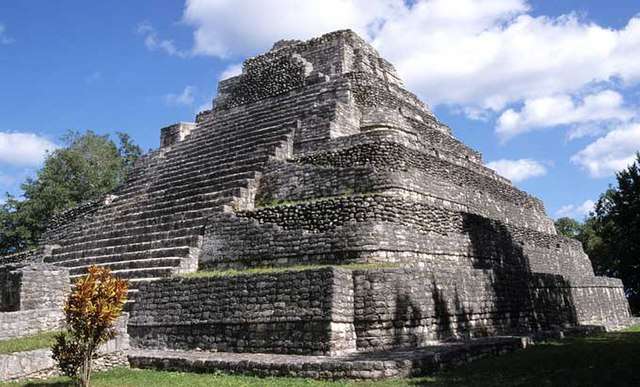
Chacchoben
The Chacchoben Mayan Ruins, located in the southern part of Quintana Roo, Mexico, are a fascinating relic of the ancient Mayan civilization. The site, which dates back to around 200 BC, was a significant community with an estimated population of 2,000 inhabitants at its peak. The ruins, rediscovered in 1942, provide an intriguing glimpse into the architectural prowess, societal structure, and spiritual beliefs of the Mayans.
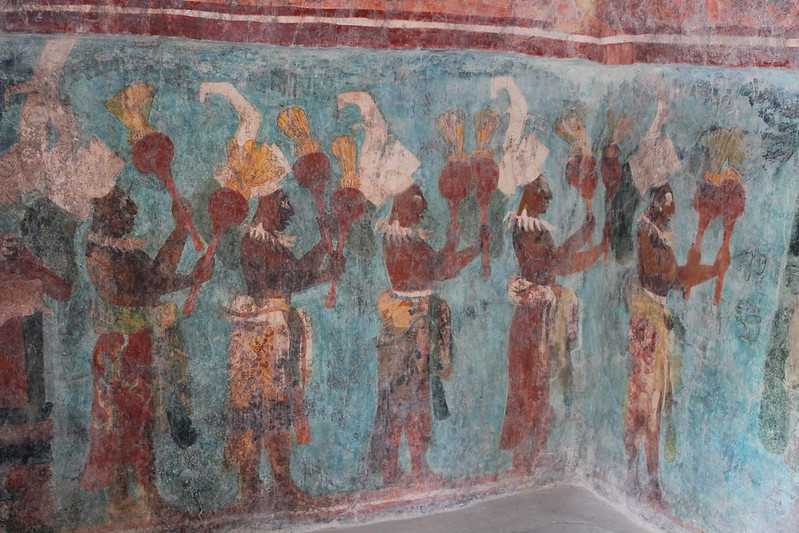
Interesting facts about the Ancient Mayans
The Ancient Mayans, a Mesoamerican civilization that flourished in Central America from 2000 BC to 250 AD, are renowned for their impressive achievements in art, architecture, mathematics, calendar-making, and astronomy. Known for their intricate hieroglyphic writing, the Mayans were also deeply religious, with a complex pantheon of gods and a ritualistic culture that included animal and human sacrifices. Their society was hierarchical, with clear distinctions between the nobility and commoners, and their interactions with neighboring civilizations like the Aztecs and Incas offer intriguing insights into the dynamics of ancient Mesoamerican cultures.
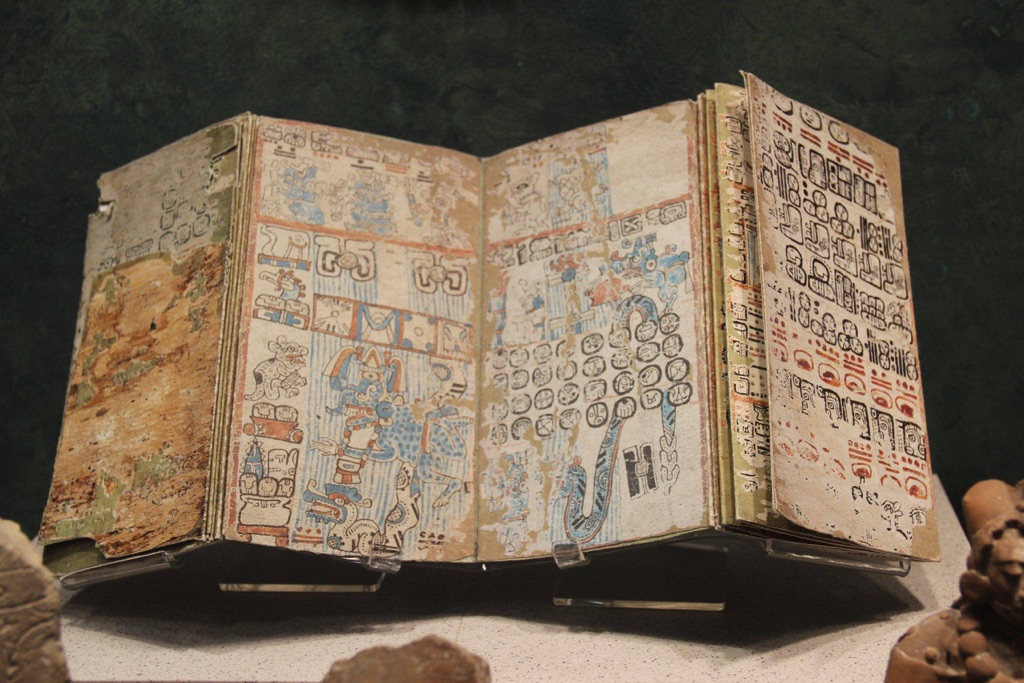
History of the Ancient Maya
The Ancient Maya, a vibrant civilization, left a significant mark on Central America. They thrived for nearly 2000 years, between 2600 B.C. and 900 A.D., known for their sophisticated culture, remarkable architectural feats, and advanced understanding of mathematics and astronomy. Their society was complex, with a deep-rooted spiritual belief system, hierarchical structure, and a profound appreciation for art and science. Despite their decline, the Maya culture continues to influence modern societies, particularly in Mexico and Central America.
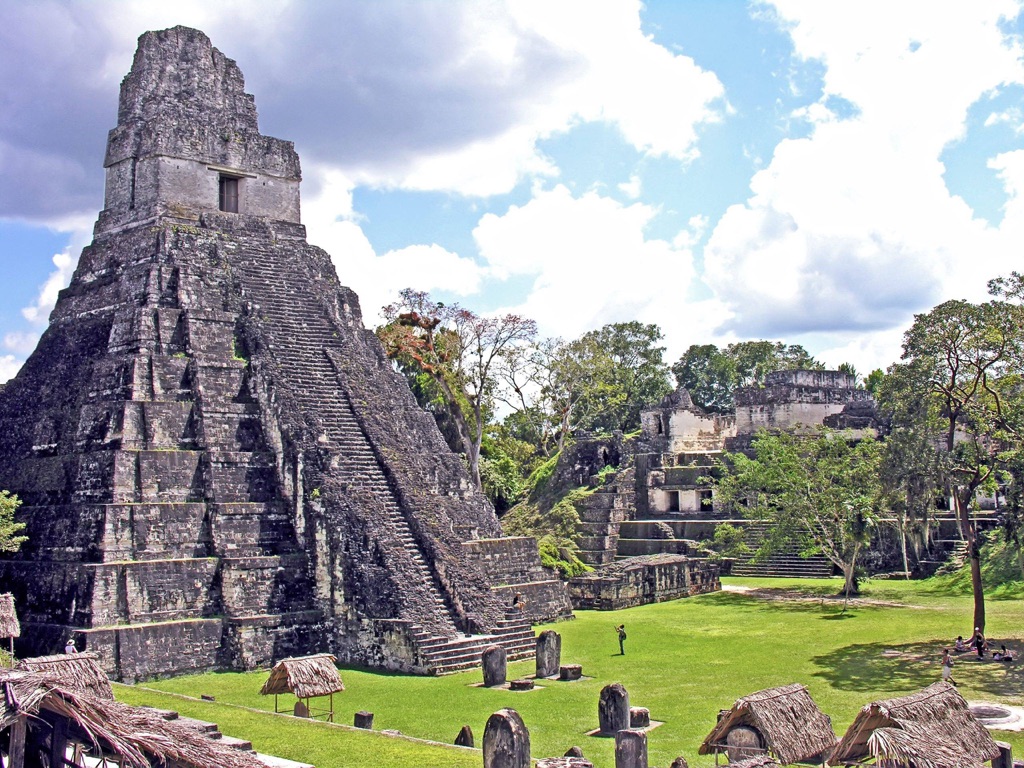
Tikal
Deep in the rainforests of northern Guatemala, the ancient city of Tikal (In Mayan times, probably called – Yax Mutal) stands as a testament to the grandeur of the Maya civilization. Once a bustling metropolis and a powerful city-state, Tikal is now one of the most fascinating archaeological sites in the world, attracting history enthusiasts and explorers alike.
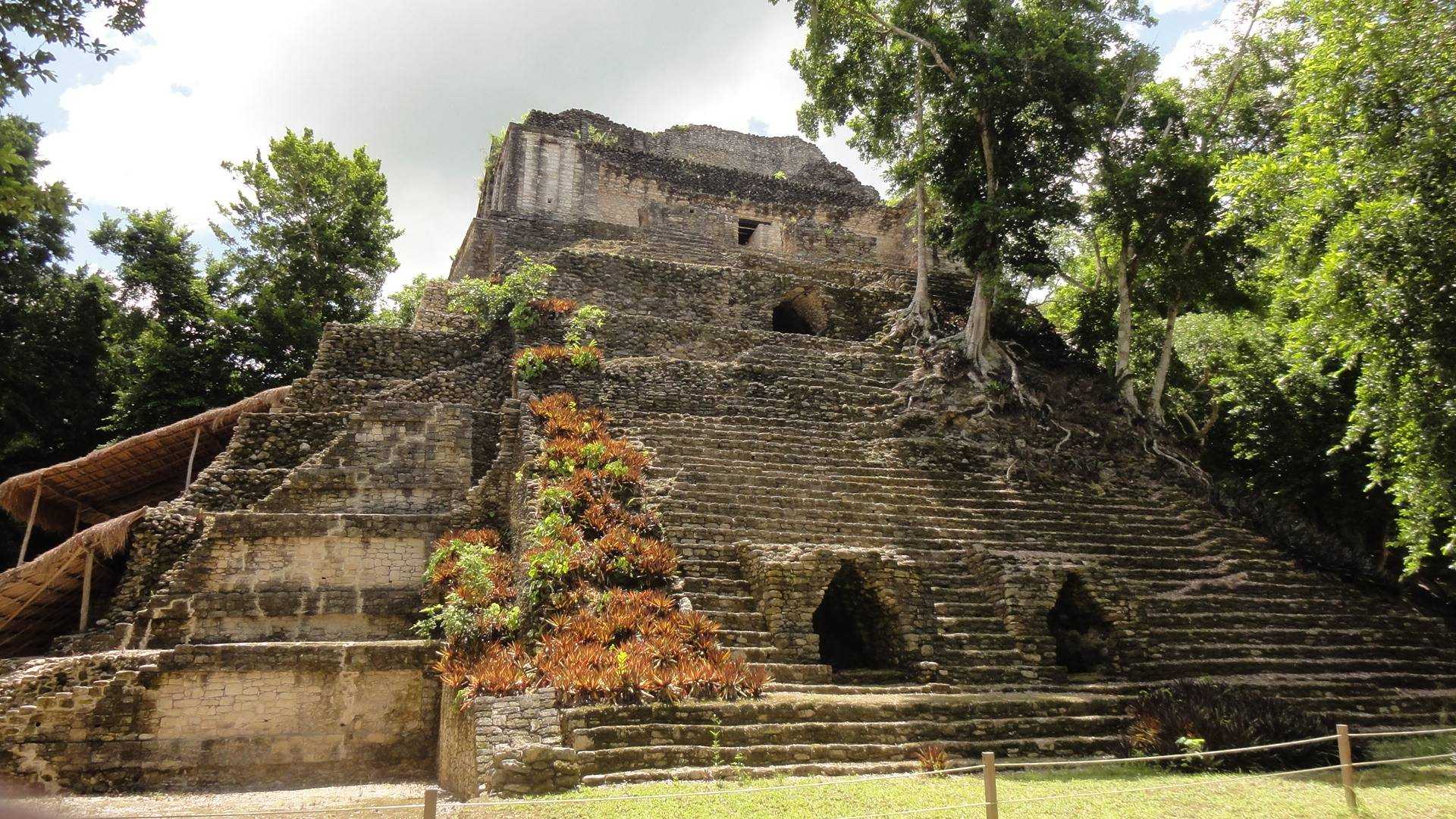
Dzibanche
Dzibanche, located in the Yucatan Peninsula of Mexico, is a significant archaeological site. It was a major city of the ancient Maya civilization. The site, rich in history and culture, offers a glimpse into the lives of the Maya people. Dzibanche is known for its impressive architecture, including temples, plazas, and palaces. The site also provides valuable insights into the political, social, and economic systems of the Maya civilization.

